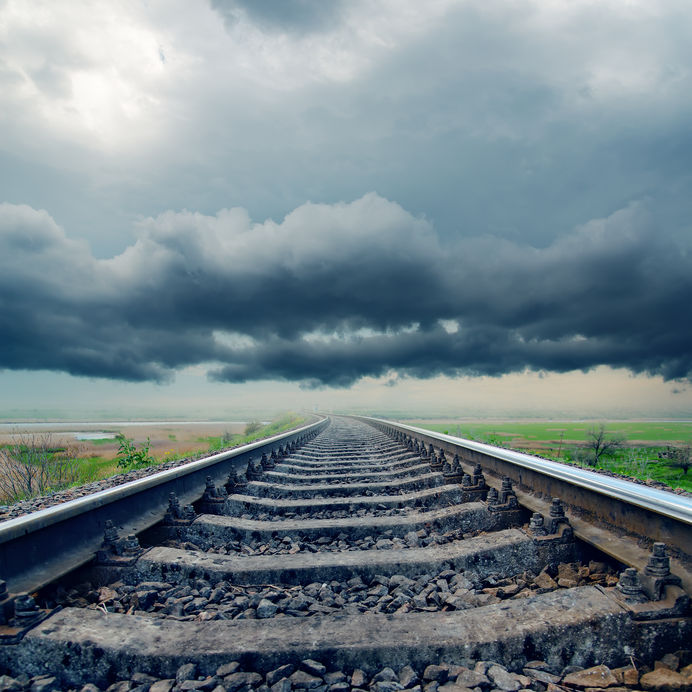
The continuing heavy rain, high winds, storms and subsequent tidal patterns that caused the collapse of the railway line connecting Devon and Cornwall is likely to cost the South West economy millions of pounds a day, business leaders have claimed. It is a similar story around the country with bridges, power lines and roads damaged, in some cases, for the second or third time in the space of 12 months.
‘Six weeks to repair’ claimed Network Rail this week as work got underway in Dawlish. A total cost of £14million is the figure that has been put on the work in that small area of Devon. Tough times for rail passengers and a real focus on the manufacturing industry charged with providing the necessary help to assist in the repair of the line as soon as possible.
The damage was caused by a spell of weather the Met Office described as “one of the most exceptional periods of rainfall in 248 years”. Records for England and Wales dating back to 1766, show it was the wettest December since 1876/1877 and the second wettest overall. And it has hardly been any better in the first six weeks of 2014 with storms a constant issue for those on the west coast, in Somerset and many of the home counties too.
Devon and Cornwall Business Council’s Tim Jones said the closure of the line was “hugely damaging” to the region’s economy. “We’ve done some initial assessments of what it will cost and we estimate it will be between £1m and £2m a day.”
David Parlby, from the Plymouth Chamber of Commerce, said: “Financially we think it will cost £20m for each day the line is closed… to have it disconnected is a major blow.”
Whilst the storms and overall inclement weather conditions has seen widespread damage to shop fronts, houses, pubs, hotels, promenade buildings, railways lines and roads, as well as to many hundreds of vehicles, one of the most problematic areas, has been the damage to bridges.
Whilst the storms and in particular the wind, can certainly induce destructive resonant waves, weather as a whole unleashes a host of destructive assaults on the bridges we build. In fact, the relentless work of rain, ice, wind and salt will inevitably bring down any bridge that humans can erect.
Bridge designers have learned their craft by studying the failures of the past. Iron has replaced wood, and steel has replaced iron. Pre-stressed concrete now plays a vital role in the construction of highway bridges.
Each new material or design technique builds off the lessons of the past. Torsion, resonance and poor aerodynamic designs have all led to bridge failures, but engineers continually bounce back with innovations to solve design problems.
As with the ancient Incan suspension bridges, the only deterrent is continual preventive maintenance.
PRV Engineering has serviced the rail industry for many years. He said; “It has been a desperate time for everyone concerned.” If you have experienced problems or wonder what part the manufacturing industry can play in helping restore order within the affected communities, let us know by posting a comment below or contacting us through the website or on our Linkedin, Facebook or Twitter pages.
This site uses Akismet to reduce spam. Learn how your comment data is processed.


 Mail:
Mail: 




Leave a Comments